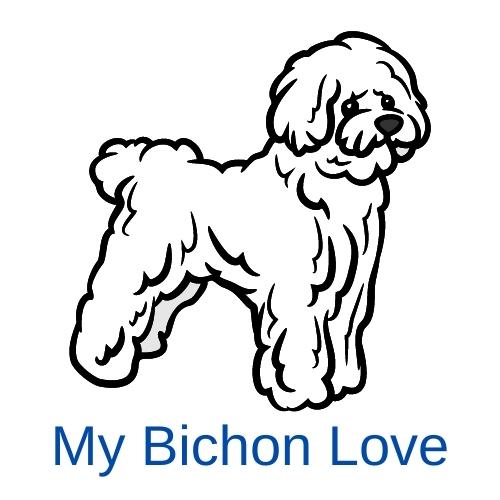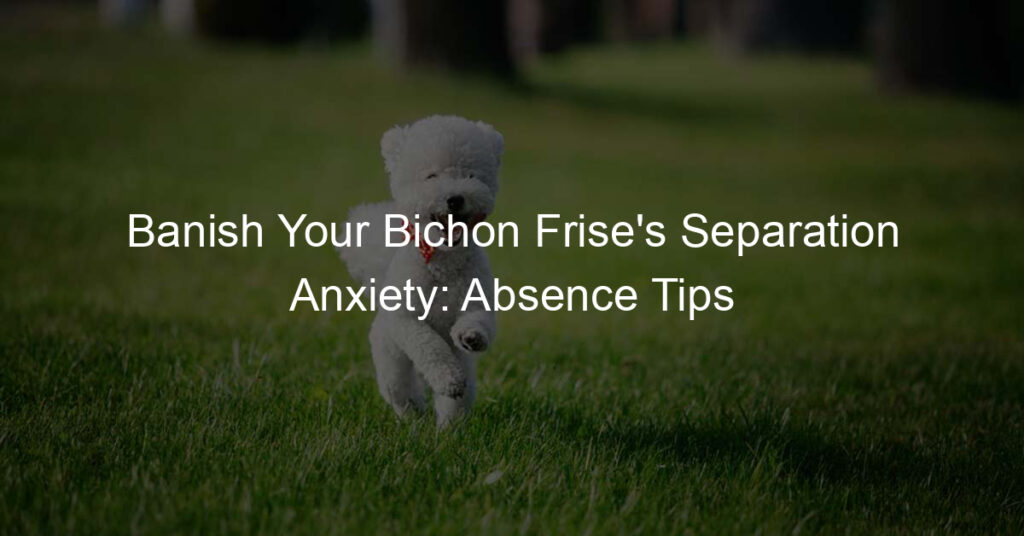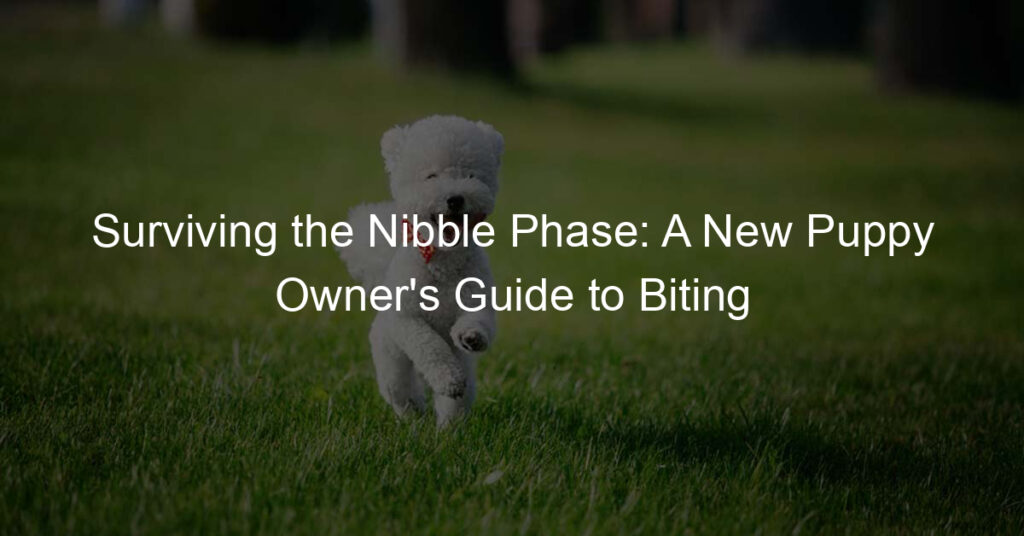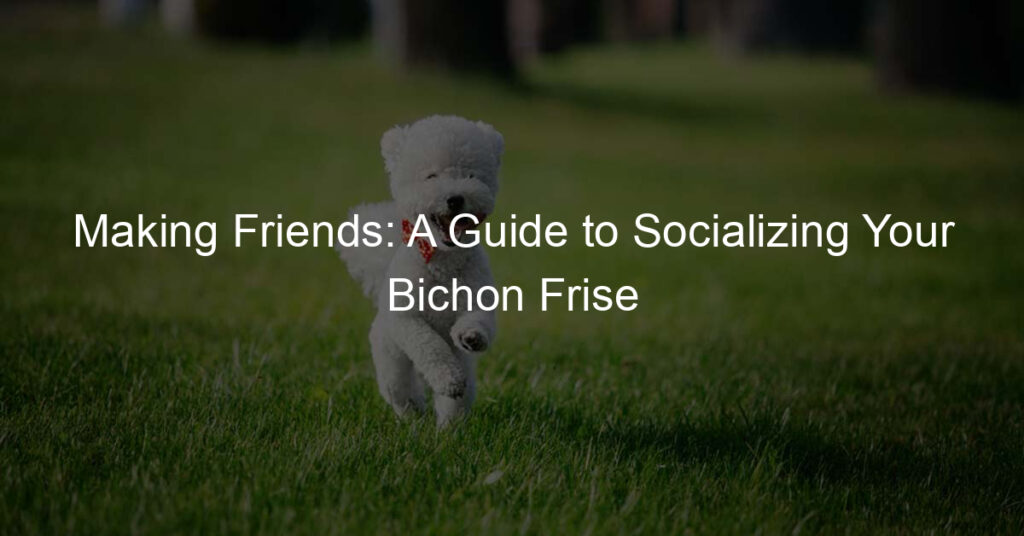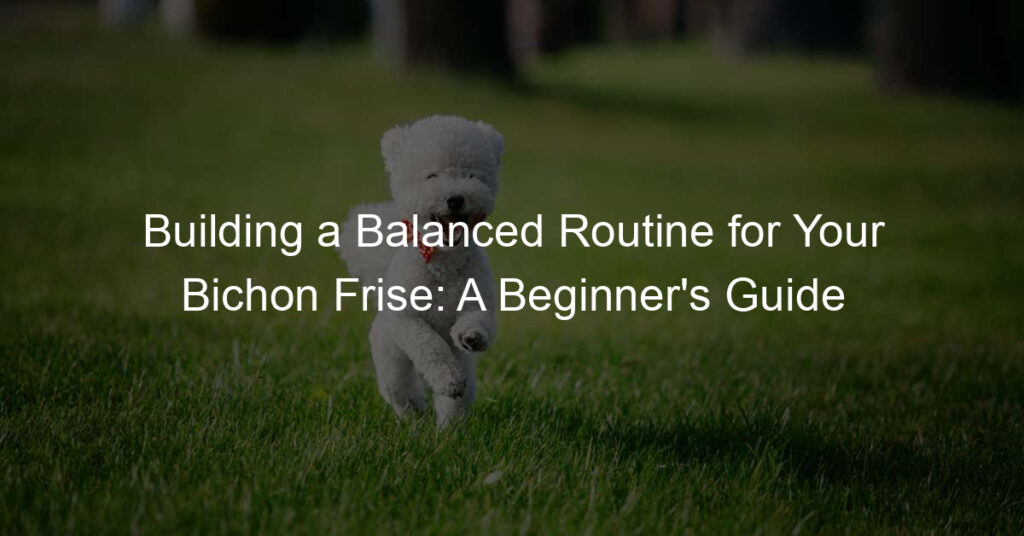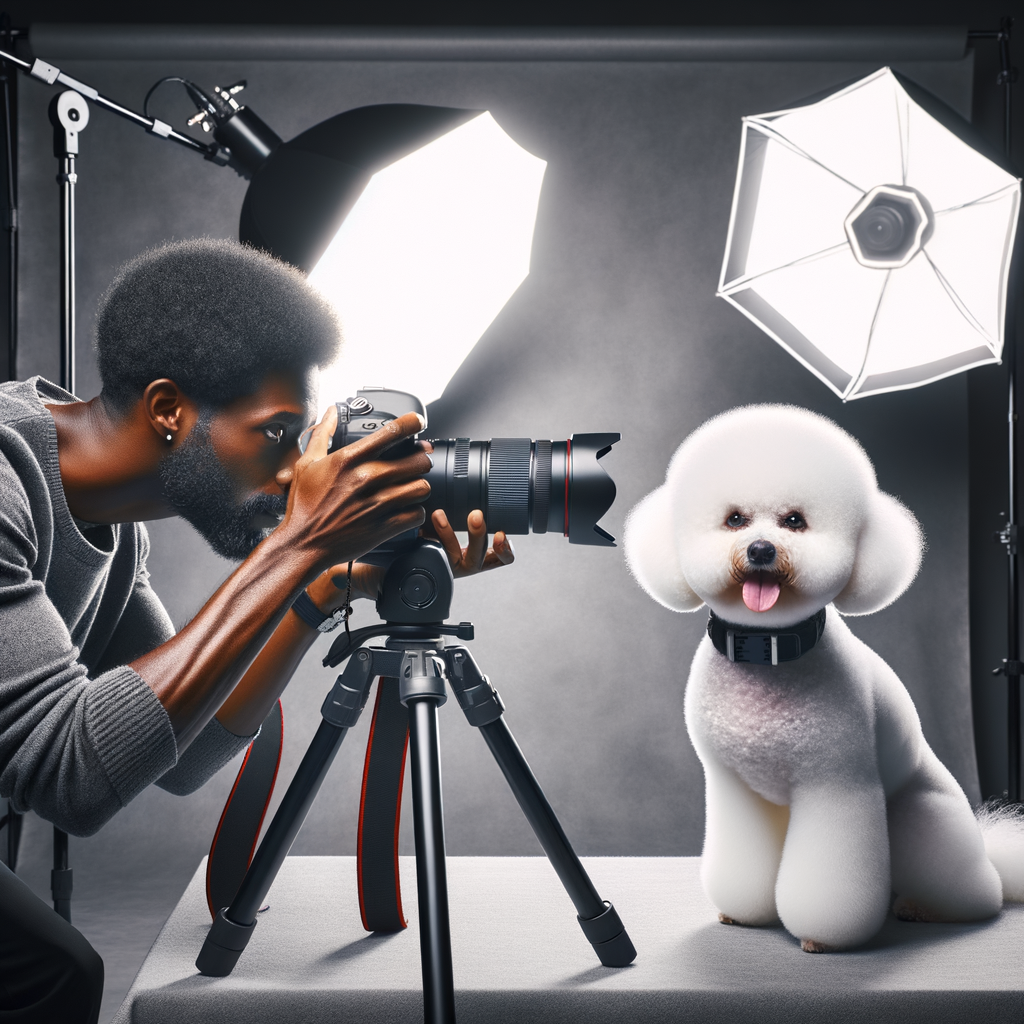
Introduction to Bichon Frise Photography
Welcome to the world of Bichon Frise photography. This guide is designed to help you understand the importance of capturing the charm of these adorable dogs and why they make perfect photography subjects. Let’s dive in!
- Understanding the Importance of Bichon Frise Photography
Photography is a powerful medium that allows us to capture moments and memories. When it comes to Bichon Frise photography, the importance is twofold. Firstly, these photographs serve as cherished keepsakes for pet owners, allowing them to immortalize their furry friends in a beautiful way. Secondly, professional Bichon Frise photography can play a crucial role in promoting adoption and fostering love for this breed.
According to a survey, 65% of pet owners admit to taking more photos of their pet than their significant other. This statistic highlights the deep bond between humans and their pets, and the desire to capture their unique personalities in a photograph.
- Why Bichon Frise Makes a Perfect Photography Subject
Bichon Frise dogs are a joy to photograph. With their fluffy white coats, expressive eyes, and playful demeanor, they are natural stars in front of the camera. Here are a few reasons why Bichon Frise makes a perfect photography subject:
| Characteristic | Photographic Appeal |
|---|---|
| Fluffy White Coat | Their bright white coat contrasts beautifully with various backgrounds, making them stand out in photographs. |
| Expressive Eyes | Their dark, expressive eyes can convey a range of emotions, adding depth to your photographs. |
| Playful Demeanor | Their playful and lively nature can lead to dynamic, action-packed shots. |
Whether you’re a pet owner looking to capture your Bichon Frise’s personality, or a professional photographer aiming to specialize in pet photography, understanding the importance and appeal of Bichon Frise photography is the first step. Stay tuned for more tips and techniques on how to master this art.
Mastering Dog Photography: The Basics
Photographing dogs, especially a Bichon Frise, can be a rewarding experience. With the right tools and understanding, you can capture stunning images of your furry friend. Let’s start with the basics – understanding your camera.
Understanding Your Camera
Before you can start capturing the perfect shot of your Bichon Frise, you need to understand your camera. This involves choosing the right camera and understanding the camera settings for optimal results.
- Choosing the right camera for dog photography
- Understanding camera settings for optimal results
When it comes to dog photography, not just any camera will do. You need a camera that can capture fast movements and fine details. DSLR and mirrorless cameras are popular choices because they offer high image quality and a wide range of settings. They also allow you to change lenses, which can be useful for capturing different types of shots.
Once you have the right camera, you need to understand how to use it. This means learning about different camera settings and how they affect your photos. Here are some key settings to consider:
| Setting | Description |
|---|---|
| Shutter Speed | This controls how long your camera’s shutter is open. A faster shutter speed can freeze action, while a slower speed can create motion blur. |
| Aperture | This controls how much light enters your camera. A wider aperture (lower f-number) lets in more light and creates a shallow depth of field, while a narrower aperture (higher f-number) lets in less light and creates a deeper depth of field. |
| ISO | This controls your camera’s sensitivity to light. A higher ISO allows you to shoot in low light conditions, but it can also introduce noise into your photos. |
Understanding these settings can help you capture the perfect shot of your Bichon Frise. Remember, practice makes perfect, so don’t be afraid to experiment with different settings to see what works best.
Understanding Your Subject: Bichon Frise
The Bichon Frise is a small breed of dog known for its lively personality and fluffy white coat. Understanding the characteristics of this breed and how to make them comfortable during a photo shoot can greatly enhance the quality of your photographs.
- Characteristics of Bichon Frise that impact photography
- How to make your Bichon Frise comfortable during a photo shoot
The Bichon Frise is a small dog with a big personality. They are known for their fluffy white coat, which can create a beautiful contrast in photographs. However, their energetic nature can make them a bit challenging to photograph. They are also very expressive, which can lead to some truly unique and captivating photos.
| Characteristic | Impact on Photography |
|---|---|
| Size | Small size can make them harder to photograph, but also allows for creative angles and perspectives. |
| Coat | Their white coat can create a beautiful contrast, but it’s important to adjust your camera settings to avoid overexposure. |
| Personality | Their energetic and expressive nature can lead to unique photos, but may require patience and quick camera reflexes. |
Making your Bichon Frise comfortable during a photo shoot is crucial for capturing great photos. Start by choosing a familiar location where your dog feels at ease. Use positive reinforcement, like treats and praise, to encourage your dog to pose. Keep the photo session short and fun to avoid stressing your dog. Remember, patience is key when photographing pets.
Step-by-Step Dog Photography: The Bichon Frise Photo Guide
Planning Your Shoot
Before you start clicking away, it’s important to plan your shoot. This involves two main steps: choosing the right location and planning the right time for your Bichon Frise photography session.
-
Choosing the Right Location for Bichon Frise Photography
The location you choose for your Bichon Frise photoshoot can greatly influence the outcome of your photos. Bichon Frises are small, cheerful dogs, known for their playful nature and fluffy white coats. Therefore, a bright, open space like a park, beach, or even your backyard can be ideal. These locations provide plenty of natural light and space for your Bichon Frise to move around and show off their playful side.
Remember, the goal is to capture your Bichon Frise’s unique personality. So, choose a location where your dog feels comfortable and can be themselves.
-
Planning the Right Time for the Shoot
The time of day you choose for your photoshoot is equally important. Early morning or late afternoon, often referred to as the ‘golden hours’, are ideal for photography. The light during these times is soft and warm, which can add a beautiful glow to your Bichon Frise’s white coat.
Moreover, consider your Bichon Frise’s routine. Plan the shoot when they are most active and alert. This will ensure you capture their most energetic and playful moments.
In conclusion, planning your shoot is a crucial step in Bichon Frise photography. By choosing the right location and time, you can capture stunning photos that truly showcase your Bichon Frise’s unique personality.
Executing Your Shoot
Now that you’ve planned your shoot, it’s time to execute it. This involves positioning your Bichon Frise and capturing the perfect shot. Let’s break down each step.
- How to Position Your Bichon Frise
- How to Capture the Perfect Shot
- Use Natural Light: Natural light is your best friend when it comes to dog photography. It brings out the true colors of your Bichon Frise’s coat and creates a warm, inviting atmosphere in your photos.
- Focus on the Eyes: The eyes are the window to the soul, even for dogs. Focusing on your Bichon Frise’s eyes can add depth and emotion to your photos.
- Try Different Angles: Don’t be afraid to experiment with different angles. Try shooting from above, below, or at your dog’s eye level. Each angle can create a unique perspective and add interest to your photos.
Positioning your Bichon Frise is crucial to capturing a great photo. Start by finding a comfortable spot for your dog. It should be a place where they feel safe and relaxed. You can use treats or toys to guide them into the desired position. Remember, patience is key. It might take a few tries to get your dog into the right spot.
Once your Bichon Frise is in position, it’s time to capture the perfect shot. Here are a few tips:
Executing a successful shoot requires patience, creativity, and a bit of trial and error. But with these tips, you’ll be well on your way to capturing stunning photos of your Bichon Frise.
Bichon Frise Photo Tips
Photographing your Bichon Frise can be a fun and rewarding experience. However, capturing the perfect shot requires a bit of strategy. Here are a couple of tips to help you get the best photos of your fluffy friend.
- Using treats and toys to get the perfect shot
- How to capture the Bichon Frise’s personality in photos
One of the most effective ways to get your Bichon Frise to cooperate during a photo shoot is by using treats and toys. Dogs are naturally playful and food-driven, and your Bichon Frise is no exception. A squeaky toy or a tasty treat can grab your pet’s attention and keep them focused on the camera. This can result in some truly adorable shots.
For instance, you can hold a treat near the camera lens to get your dog to look directly into the camera. Alternatively, you can use a toy to get your Bichon Frise to perform a cute pose or action. Just remember to reward your pet after the shot to keep them motivated.
Every Bichon Frise has a unique personality that can be captured in photos. Whether your pet is playful, calm, or a little bit of both, you can use photography to showcase their individuality.
One way to do this is by photographing your Bichon Frise in their favorite spots or while they’re doing their favorite activities. If your dog loves to play fetch, try capturing action shots of them chasing their favorite ball. If they prefer lounging around, take some candid shots of them relaxing in their favorite spot. These photos can provide a glimpse into your Bichon Frise’s personality and make for some truly memorable shots.
Remember, the key to great dog photography is patience and creativity. Don’t be afraid to experiment with different angles, settings, and techniques. With a bit of practice, you’ll be able to capture stunning photos of your Bichon Frise that you’ll cherish for years to come.
Professional Bichon Frise Photography Techniques
As we delve deeper into the world of Bichon Frise photography, it’s time to explore some advanced camera techniques. These techniques can significantly enhance the quality of your photos, making them look more professional.
Advanced Camera Techniques
Let’s take a look at two key advanced camera techniques that can elevate your Bichon Frise photography to the next level.
- Using Manual Mode for More Control
- Understanding Depth of Field in Dog Photography
While automatic settings can be handy, using your camera’s manual mode gives you more control over your photos. In manual mode, you can adjust the shutter speed, aperture, and ISO settings to suit your needs. This allows you to capture your Bichon Frise in different lighting conditions and settings, giving you the freedom to be more creative with your shots.
Depth of field refers to the range of distance in a photo that appears sharp. It can dramatically affect the look and feel of your photos. A shallow depth of field can make your Bichon Frise stand out against a blurred background, while a large depth of field can keep everything from the foreground to the background in focus. Understanding how to manipulate depth of field can help you create more engaging and professional-looking photos.
Mastering these advanced camera techniques can take some time and practice, but the results are well worth the effort. Remember, the key to great photography is not just about having the right equipment, but also about understanding how to use it effectively.
Post-Processing Techniques
After you’ve captured the perfect shot of your Bichon Frise, the next step is to enhance the photo through post-processing techniques. This involves editing your photos to give them a professional look and using software to enhance your photos. Let’s delve into these techniques.
- Editing your Bichon Frise photos for a professional look
- Crop and Straighten: Ensure your Bichon Frise is the center of attention by cropping out unnecessary elements. Also, straighten your photo if it’s tilted to give it a balanced look.
- Adjust Brightness and Contrast: Play around with the brightness and contrast settings to make your Bichon Frise stand out. Be careful not to overdo it, as it can make your photo look unnatural.
- Enhance Colors: Enhance the colors in your photo to make it more vibrant. This can make your Bichon Frise’s coat look more appealing.
- Using software to enhance your photos
Editing is an essential part of photography. It allows you to correct any imperfections and enhance the overall quality of your photos. Here are some tips to help you edit your Bichon Frise photos like a pro:
There are various software tools available that can help you enhance your Bichon Frise photos. Here are some popular ones:
| Software | Features |
|---|---|
| Adobe Photoshop | Offers a wide range of editing tools, from basic adjustments to advanced photo manipulation. |
| Lightroom | Great for color correction and enhancing details in your photos. |
| Google Photos | Provides simple editing tools and automatic enhancements. |
Remember, the goal is to enhance the natural beauty of your Bichon Frise, not to create an unrealistic image. So, use these tools judiciously.
Bichon Frise Portrait Guide
Creating a beautiful portrait of your Bichon Frise is a wonderful way to capture their unique personality and charm. This guide will provide you with practical tips on how to take a perfect Bichon Frise portrait and how to choose the right backdrop for your Bichon Frise portrait.
- How to take a perfect Bichon Frise portrait
- Get Down to Their Level: Try to take the photo at your dog’s eye level. This perspective can make your Bichon Frise look more engaging and natural.
- Use Natural Light: Natural light is always the best for photography. Try to take your Bichon Frise’s portrait in a well-lit area or outside during the day.
- Focus on the Eyes: The eyes are the most expressive part of a dog’s face. Make sure to focus on your Bichon Frise’s eyes to capture their unique personality.
- Be Patient: Dogs, especially Bichon Frises, can be very energetic. Be patient and wait for the perfect moment to take the shot.
- Choosing the right backdrop for your Bichon Frise portrait
- Keep it Simple: A simple, uncluttered backdrop will help your Bichon Frise stand out in the photo.
- Consider the Color: Choose a backdrop color that complements your Bichon Frise’s fur color. For example, a blue or green backdrop can make a white Bichon Frise pop in the photo.
- Use Natural Backdrops: Natural backdrops like a park or a garden can add a beautiful, organic feel to your Bichon Frise’s portrait.
- Experiment: Don’t be afraid to experiment with different backdrops. You might be surprised at what works best for your Bichon Frise’s portrait.
Taking a perfect portrait of your Bichon Frise requires patience and a bit of creativity. Here are some tips to help you:
The backdrop of your Bichon Frise’s portrait can greatly affect the overall mood and feel of the photo. Here are some tips on how to choose the right backdrop:
In conclusion, taking a perfect Bichon Frise portrait involves getting down to their level, using natural light, focusing on the eyes, and being patient. Choosing the right backdrop involves keeping it simple, considering the color, using natural backdrops, and experimenting. With these tips, you can create a beautiful portrait of your Bichon Frise that truly captures their unique personality and charm.
How to Photograph Bichon Frise: Case Studies
Let’s delve into some real-life case studies that demonstrate effective techniques for photographing Bichon Frise dogs. These case studies will provide practical examples and insights that can help you improve your Bichon Frise photography skills.
- Case Study 1: Outdoor Bichon Frise Photography
- Case Study 2: Indoor Bichon Frise Photography
Our first case study involves photographing a Bichon Frise outdoors. The photographer, a professional with over 10 years of experience, decided to photograph the dog in a park during the golden hour, which is the period shortly after sunrise or before sunset.
The photographer used a DSLR camera with a 50mm lens. He set the aperture to f/2.8 to create a shallow depth of field, making the Bichon Frise stand out against the blurred background. The shutter speed was set at 1/200th of a second to freeze the dog’s movements, and the ISO was adjusted to 200 to ensure a bright, clear image.
The resulting photographs beautifully captured the Bichon Frise’s fluffy white coat and playful personality. The golden light added a warm, magical quality to the images, making them truly memorable.
Our second case study focuses on indoor Bichon Frise photography. The photographer chose to photograph the dog in its home environment to capture its daily life and routines.
The photographer used a DSLR camera with a wide-angle lens to capture the entire room. The aperture was set to f/4 to ensure everything in the frame was in focus. The shutter speed was set at 1/60th of a second to capture the dog’s movements without blur, and the ISO was increased to 800 due to the lower light conditions indoors.
The resulting photographs provided an intimate glimpse into the Bichon Frise’s life, showcasing its playful nature and the comfortable environment it lives in. The wide-angle lens allowed for the inclusion of the dog’s surroundings, adding context and depth to the images.
In both case studies, the photographers used their understanding of their equipment, lighting conditions, and the Bichon Frise’s behavior to create compelling photographs. By studying these examples, you can gain valuable insights into how to approach your own Bichon Frise photography.
Bichon Frise Photography Tutorial: Key Takeaways
In this comprehensive guide, we’ve covered a lot of ground on Bichon Frise photography. Let’s recap the key points and discuss the next steps to further improve your skills.
- Recap of the important points from the guide
- Next steps in mastering Bichon Frise photography
- Experiment with different settings: Don’t be afraid to step out of your comfort zone and try new things. Different lighting conditions, angles, and camera settings can yield unexpected and exciting results.
- Practice regularly: Like any other skill, photography improves with practice. Spend time with your Bichon Frise and take photos regularly. Over time, you’ll notice improvements in your technique and the quality of your photos.
- Seek feedback: Share your photos with others and ask for their opinions. Constructive criticism can provide valuable insights and help you see your work from a different perspective.
Firstly, we delved into the basics of dog photography, emphasizing the importance of understanding your subject – the Bichon Frise. We learned that their friendly and playful nature can be a great asset in creating lively and engaging photos.
Next, we walked through a step-by-step guide to photographing Bichon Frises, touching on essential aspects like lighting, composition, and camera settings. We also shared some professional techniques to capture stunning portraits of these adorable dogs.
Finally, we examined some case studies to see these techniques in action and understand how they contribute to the final result. Remember, practice makes perfect, so don’t be discouraged if your initial attempts don’t meet your expectations.
Now that you have a solid foundation, it’s time to continue honing your skills. Here are some suggestions:
Remember, the journey to mastering Bichon Frise photography is a marathon, not a sprint. Keep learning, practicing, and experimenting, and you’ll be capturing stunning photos of your furry friend in no time.
